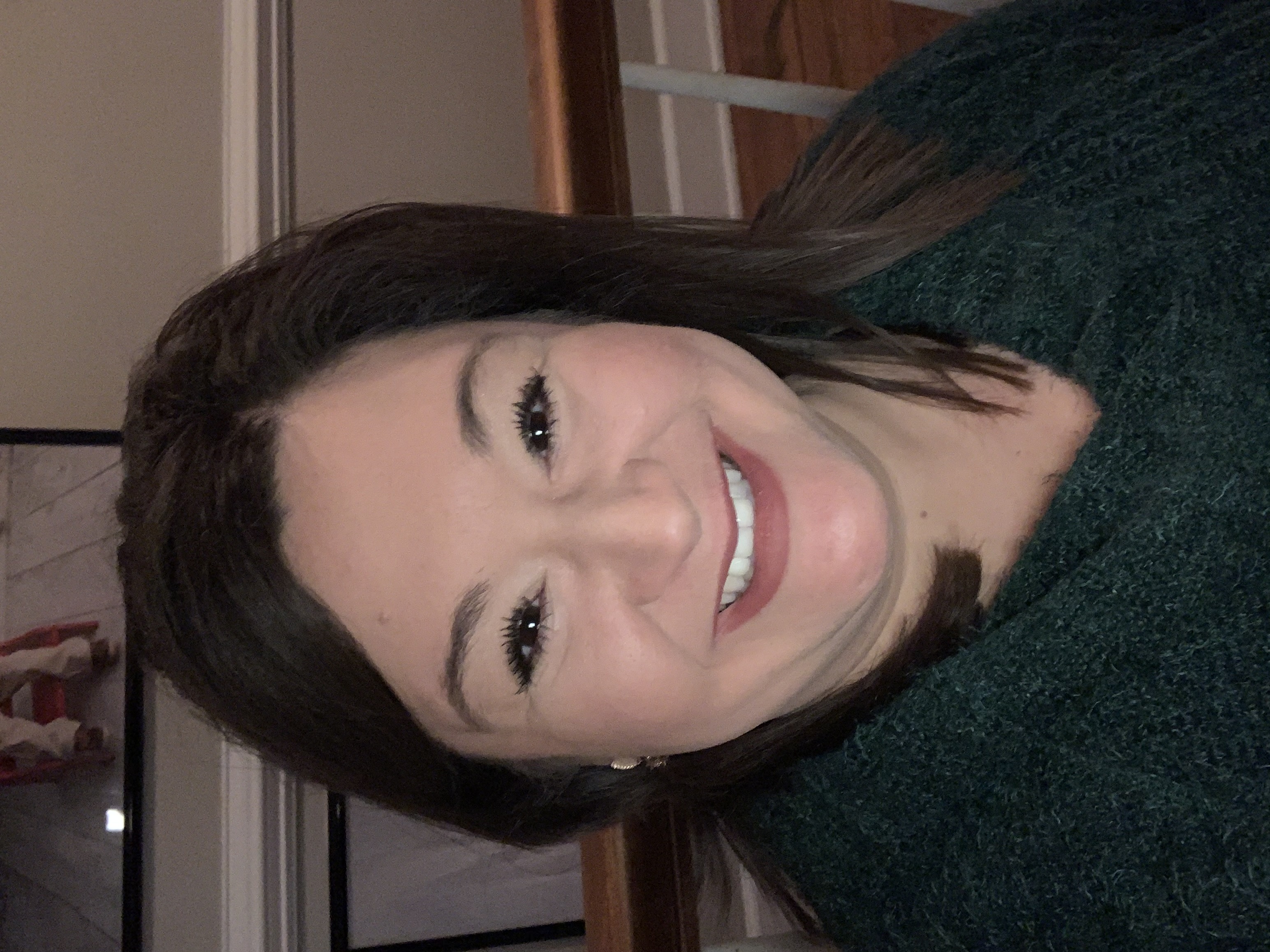
Event Information

I. Introduction (1-2 minutes)
Content: Brief overview of the project, objectives, and importance of buoyancy in real-world applications.
Engagement: Start with a thought-provoking question: "What makes a boat float?" to spark curiosity.
Tactics: Use a quick audience poll to gauge initial understanding.
II. Understanding Buoyancy (2-3 minutes)
Content: Explain the principles of buoyancy, density, and weight distribution through visuals and examples.
Engagement: Use relatable analogies (e.g., comparing boats to everyday objects) to connect with the audience.
Tactics: Incorporate a brief demonstration with a small floating object to illustrate key concepts.
III. The Design Process (2-3 minutes)
Content: Introduce the design thinking cycle: empathize, define, ideate, prototype, test, and refine.
Engagement: Share success stories of student projects to inspire participants.
Tactics: Encourage peer-to-peer interaction by having participants discuss their own experiences with design challenges.
IV. Hands-On Activity: Designing Boats (2-3 minutes)
Content: Guide participants in brainstorming and sketching their boat designs.
Engagement: Emphasize creativity by encouraging unique designs based on personal inspirations.
V. Prototyping and Testing (2-3 minutes)
Content: Explain how to use Tinkercad for digital prototypes and the 3D printing process.
Engagement: Share short video clips of the 3D printing process to visualize the technology.
Tactics: Facilitate a group discussion on expected challenges and thoughts on testing designs.
VI. Reflection and Iteration (1-2 minutes)
Content: Discuss the importance of reflection in the design process and how to use feedback for improvements.
Engagement: Encourage participants to share potential modifications based on their prototype testing.
VII. Conclusion and Q&A (2-3minutes)
Content: Recap key concepts learned and the significance of the PBL approach in understanding buoyancy.
Engagement: Invite questions and encourage open discussion about the project.
This structured approach ensures a dynamic and engaging presentation that fosters curiosity, collaboration, and a deeper understanding of buoyancy through hands-on learning.
https://jr.brainpop.com/topic/sink-or-float/movie/
www.tinkercad.com


We will have all the materials needed to participate in this session.